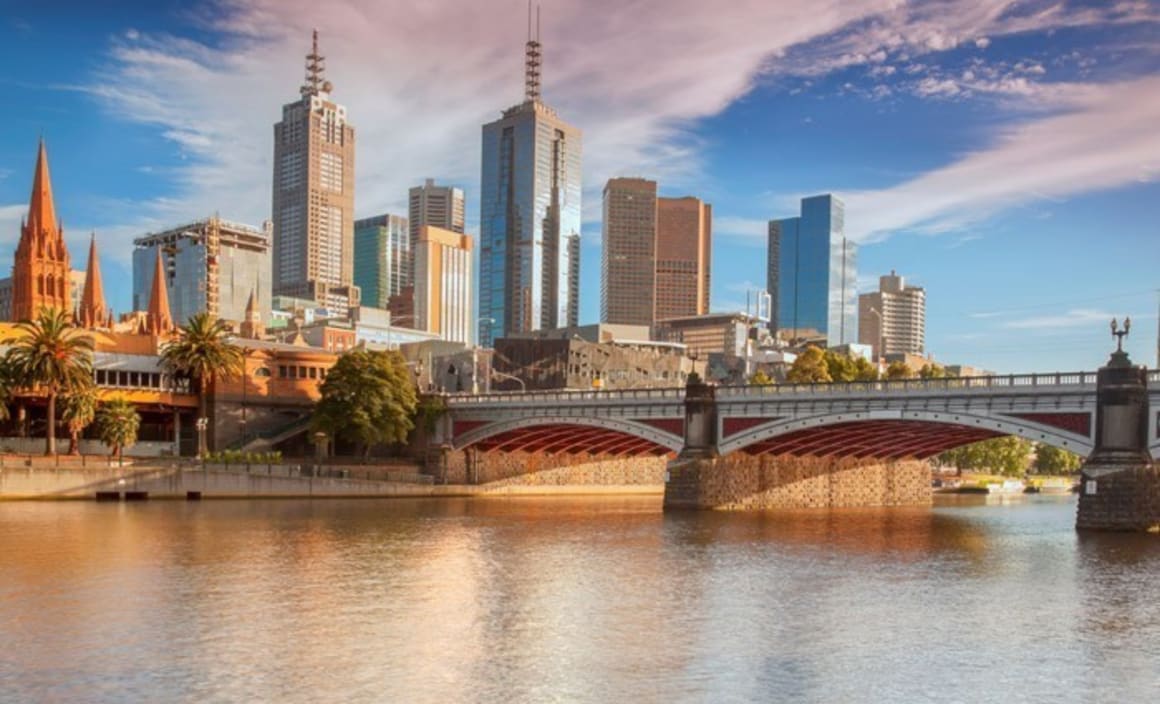Office vacancy in Melbourne’s St Kilda Rd at lowest level in eight years: Savills

The office vacancy rate on Melbourne’s most famous boulevard, St Kilda Road, has fallen to 7.3 percent, its lowest level in eight years, according to property firm Savills’ latest Fringe Office market research.
The fall in vacancy from 10.8 per cent in July 2013 drove rental growth of 23 percent over the last three years including 12 percent in the last 12 months. The market is so tight that vacant is 38 percent below the average vacancy over the last 25 years.
Monica Mondkar, manager-Research & Consultancy, said, “Net face rents in July 2013 ranged between $270 and $325, and in July 2016 between $340 and $400. Based on an average rent, that is a 23 percent rise over the last three years.”
Vacancy peaked at 22.4 percent in July 1992 following the Savings and Loan Crisis but has been on a rollercoaster ride ever since.
However, according to Savills associate director-Office Leasing, Kizzy Okoukoni, the latest figure has more to do with the iconic boulevard’s residential makeover than an economic recovery.
“Ongoing demand for CBD fringe office space is of course a key contributing factor in the tighter vacancy level but the continual withdrawal of stock for other uses, predominantly residential, has also been a significant determinant,’’ Okoukoni said.
Despite residential conversions St Kilda Road is still Australia’s fourth largest non-CBD office market with 686,175 square metres of office space. It has lost less than 1.2 percent of office space to residential use per year over the last 10 years, however, this has accelerated in recent years.
"It’s only a matter of time before the commercial/residential property profile balance in St Kilda Road, which currently has a two thirds office/one third residential mix, shifts permanently to residential.
"For some landlords maintaining an older office building with any vacancy, on top of exorbitant land taxes, is not a long term option.
"There is no way this can stack up when a residential redevelopment can mean such a massive increase in return on the property,’’ Okoukoni said.
Office buildings likely to withstand this change would be the more modern ones with long-term tenants, he added.
But despite the incentive to convert to residential use, office property would always maintain a significant presence on St Kilda Road, he said.
“Residents need services, they need supermarkets, they need childcare, they need restaurants, cafes, accountants, financial planners, gymnasiums, etcetera.”

The total investment sales on St Kilda Road were $246 million with the most notable being AMP Capital’s acquisition of 636 St Kilda Road for $87.5 million and Bayley Stuart Capital’s purchase of 616 St Kilda Road for $40 million. Domestic funds and syndicates accounted for 52 percent of the sales by value.
Mondkar said yields on the boulevard over the 12 months had firmed by 25 basis points and now range from 6.75 to 7 percent. In comparison, in September 2013 yields ranged from 8 to 8.75 percent.